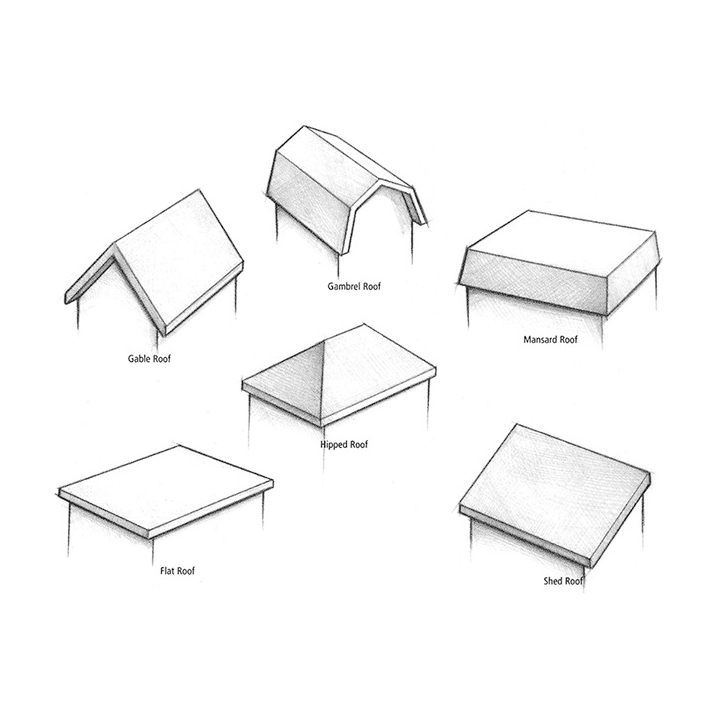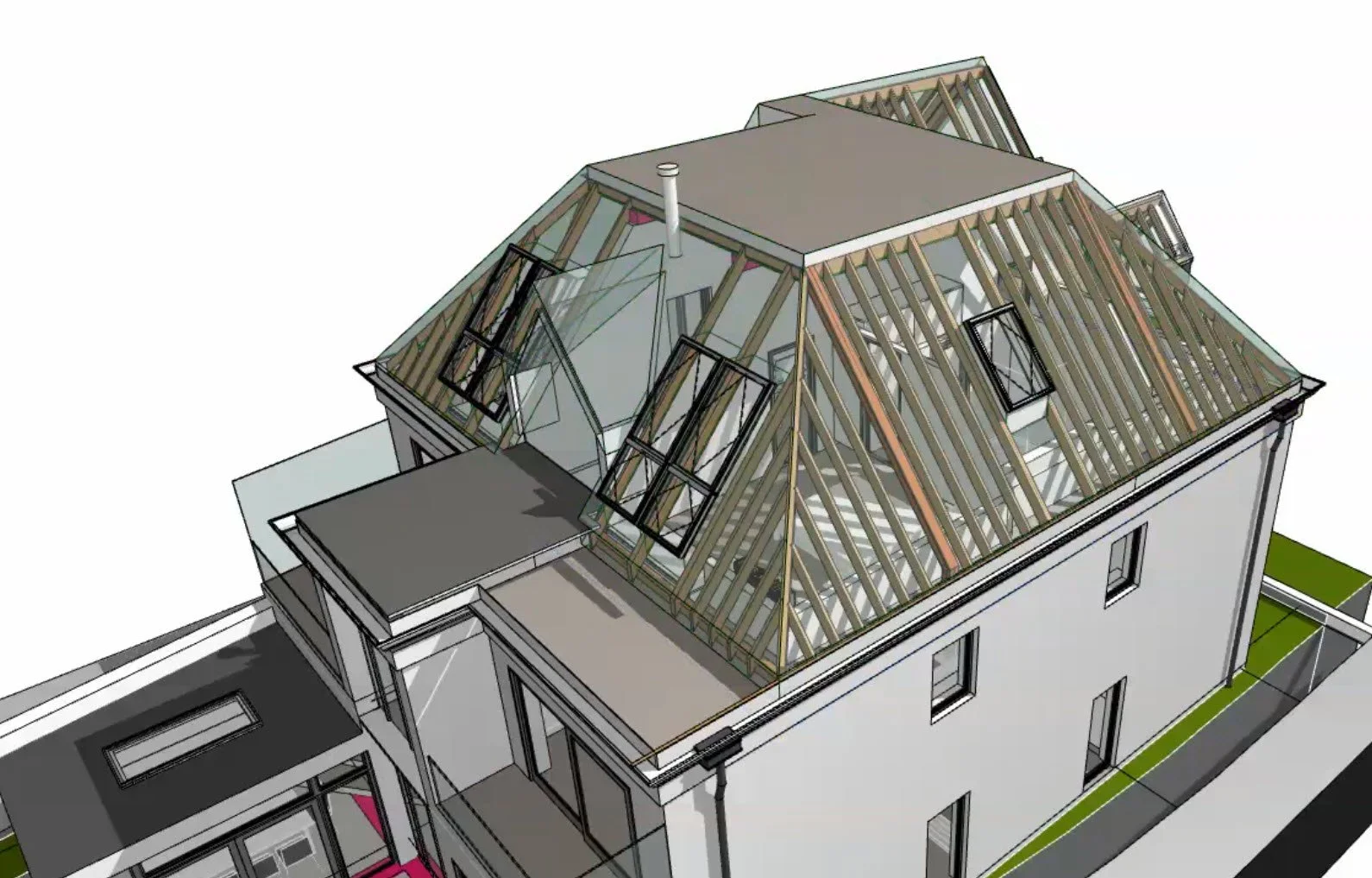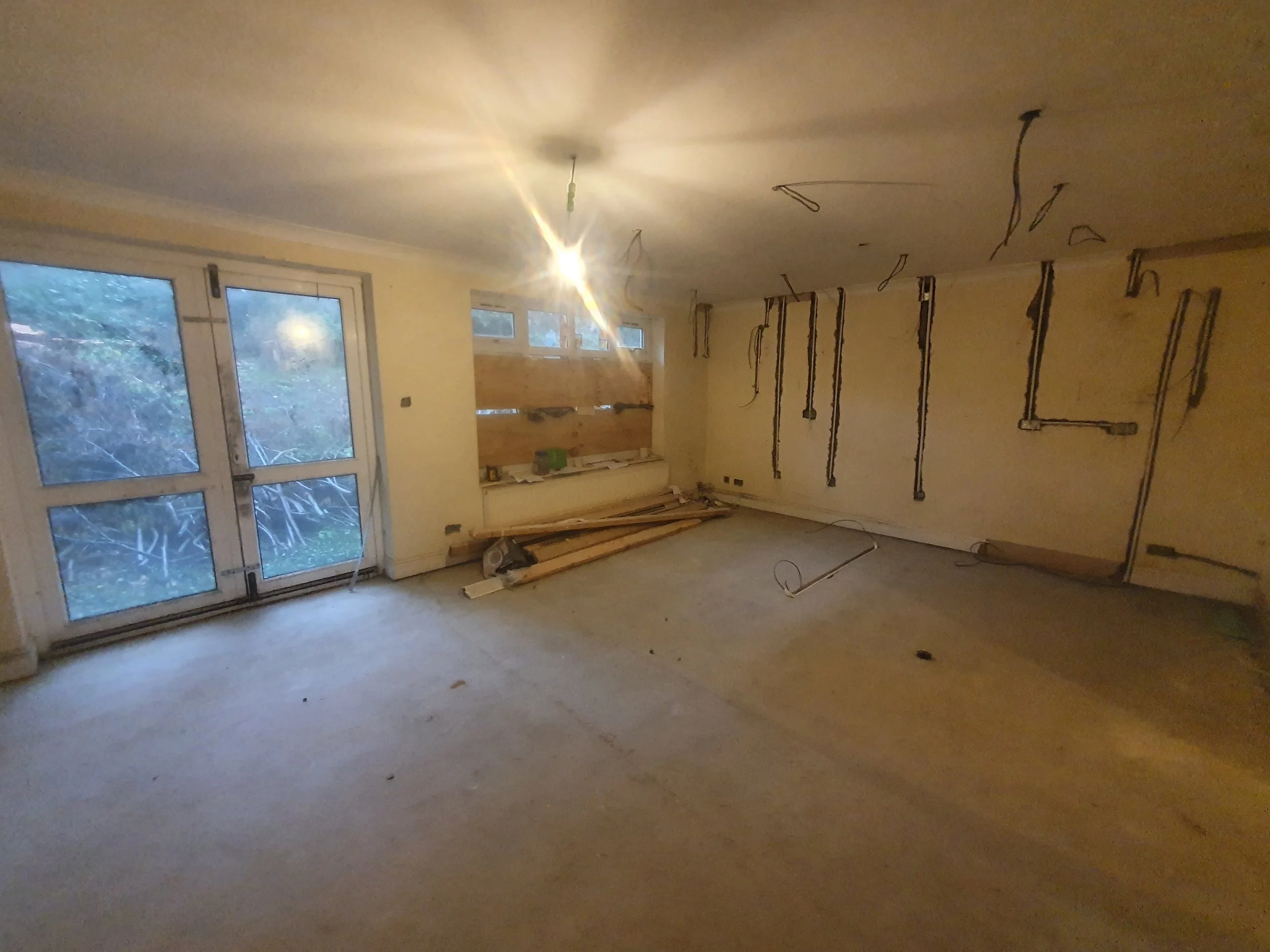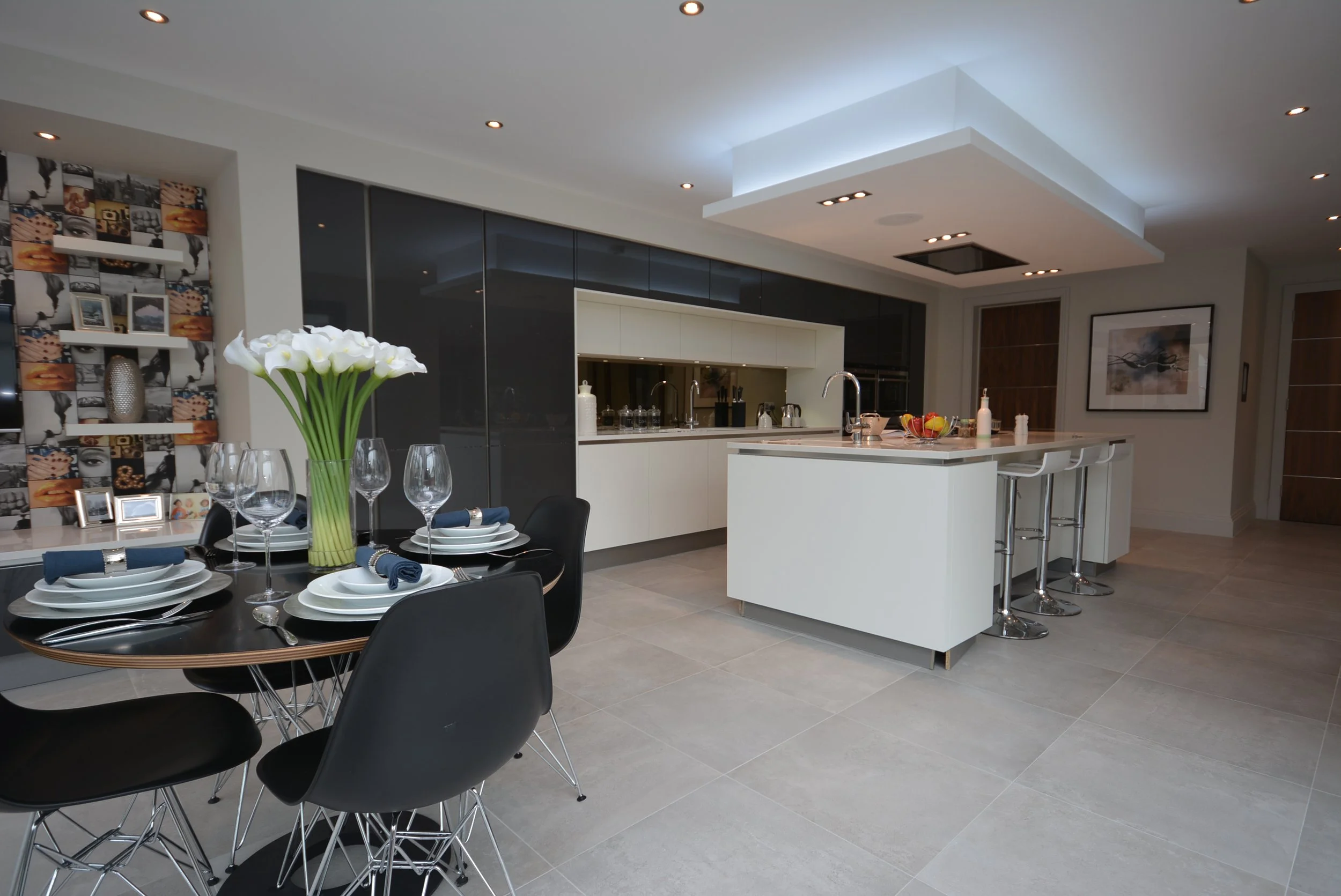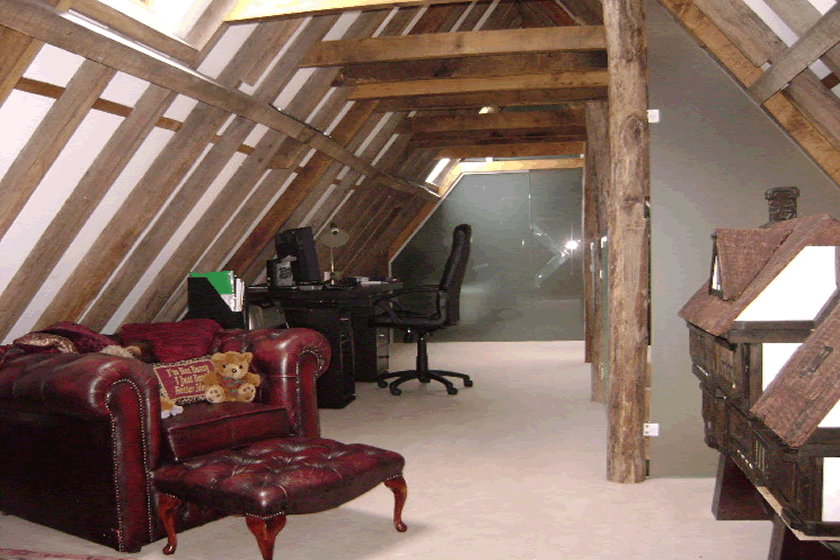FLAT ROOF VS PITCHED ROOF: WHICH IS BEST FOR YOU?
Whether you’re building a home from scratch or are adding an extension to an existing building, choosing the roofing will be a crucial decision that can affect your building’s functioning, appearance and cost, so it is certainly a consideration that should be carefully thought through.
Let’s weigh up the pros and cons…
FLAT ROOF
Firstly, it’s important to understand that a flat roof isn’t 100% level. In order for rain water to successfully drain away, they must be constructed with a slight pitch of a few degrees. For small commercial properties or if you’re planning on building a extension or even an outbuilding like a garage, then a flat roof deign may be more suited to your property.
Pros
The compact design of a flat roof means they are a suitable roofing solution for garages and extensions, which often don’t demand the same features from a roof as other areas of the home. However, flat roofs can also be a viable option for domestic homes and commercial premises – it all depends on what you’re personally looking for.
Though they don’t boast the same degree of slope as a pitched roof, flat roofs are still designed with a slight slope that enables rainwater to drain away.
If you need to save the pennies, then a flat roof is often a more affordable option. It generally demands fewer construction and labour costs than its pitched alternative, and as an added bonus, can usually be completed within a much shorter timeframe.
If you are looking to maximise light and achieve internal height with a flat roof, a lantern skylight can create a beautiful interior space.
CONS
One downside of flat roofs is that they are generally thought to have a shorter lifespan than pitched, and may require more maintenance. However, in recent years the development of new, sturdier materials, such as EPDM, hot rubber and 3 layer high performance elastomeric felt systems, when full bonded in the traditional, professional manner by using hot bitumen, means that the lifespan of flat roofs can be extended to over 30 years. This of course depends on the quality of materials and workmanship. The original flat roof membrane covering asphalt is a much heavier material and should only be laid onto a concrete base or extremely strong purpose-made timber framed roof with additional steep support to prevent movement. A properly laid asphalt roof with solar protection should have a life expectancy of well over 40 years.
If you’re planning a dream loft, then this will simply not be possible with a flat roof.
How much does a flat roof cost?
The cost of a flat roof will depend on your chosen building material. On average, to build a flat roof, you’ll be looking at…
In relation to cost and efficiency, a flat roof design is certainly more cost effective as the manual labour process and price of the materials used are often much less when compared to the construction of a pitched roof.
Felt - £50 - 70 m2 (square metre)
EPDM - £80 - 100 m2
Fibreglass - £90 - 120 m2
However, take these prices with a pinch of salt. Prices will vary hugely, depending on your location, accessibility, the details of the job, and the expertise level of your tradesperson.
PITCH ROOF
Formed from at least two slopes that rise up in the centre to create a peak. Due to their waterproofing qualities, durability and the additional insulation that they can provide to the rooms below, a pitched roof design often has a greater lifespan when compared to its flat roof counterpart.
Pros
The traditional, elegant look of a pitched roof is instantly recognisable across the world, so if you’re aiming for a classic look that will fit it in with most neighbourhoods, then a pitched roof is the route to take.
Maximising the space in your home via a loft conversion is only possible if you have a loft to begin with. The design of pitched roofs rewards the homeowner with plenty of usable space to transform with flexibility into a bedroom, hobby room, study, or whatever you wish.
Rainwater can drain away easily from a pitched roof, thanks to its highly sloped angle, which prevents pooling.
The longevity of a pitched roof is usually superior to that of a flat roof, leading many homeowners to choose it for their properties. The materials used are generally more weather resistant and durable, though with more robust materials being introduced into the flat roofing market, this gap is starting to close.
CONS
Pitched roofs cost more than a flat roof, and also take longer to install. This is because it is a more complex design than a flat roof that requires increased labour and additional materials. However, in exchange for the added expense you will receive a roof that boasts a longer lifespan, thoroughly effective water drainage and a more traditional appearance.
How much does a pitched roof cost?
Pitched roofs have a greater variety material available, so more costs to consider. If you want to create a long-lasting structure, these are the materials we recommend and how much they'll set you back...
Zinc £60 - £80 m2
Natural slates £90 - £120 m2
Clay tiles m2 £30 - £65 m2


